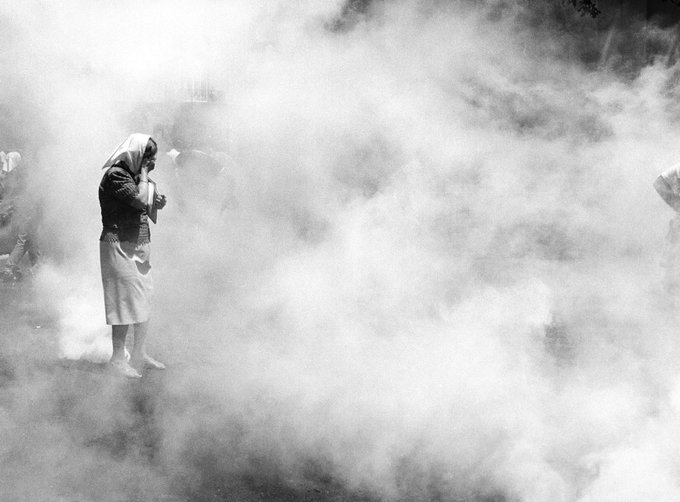Dear Governor Brown, Please Support Ethnic Studies (AB 2016)
Dear Governor Brown,
On behalf Hmong Innovating Politics (HIP), we join with State Superintendent of Public Instruction Tom Torlakson, educators, students and community members across the state to urge you to sign AB 2016 into law. Unlike last year’s AB 101, this year’s bill, AB 2016 was developed in coordination with the Instructional Quality Commission (IQC) and would provide additional information and resources to educators to teach ethnic studies courses to their students. Specifically, AB 2016 would allow the IQC to develop model curriculum as a guide for school districts and schools that choose to offer an ethnic studies course to reflect the unique experiences of the students in their communities.
California is home to one of the largest Hmong American populations in the United States and largest resettlement of refugees in the world. Unfortunately, the current high school curriculum does not even mention the role Hmong and other Southeast Asians played in aiding the United States Military during the Vietnam War and the Secret Wars in Laos and Cambodia. Moreover, the current curriculum makes no mention about the massive exodus of Hmong, Mien and other Southeast Asian refugees to the United States as a result. In line with your veto message for last year’s AB 101, we made several attempts to provide guidance and feedback to Signing AB 2016 would allow students to learn from a curriculum that reflects their own histories and help them gain a better understanding of about their respective culture in the context of California’s history.
Developing ethnic studies programs in all public high schools is an integral part of cultivating a classroom environment that is accepting of diverse cultures. It is vital for young people to learn about their history, but also important for them to feel like they can change their communities in positive ways. This bill will help close the achievement gap by reducing student truancy, increasing student enrollment, reduce dropout rates and better prepare Californian youth to be college-prepared and career-ready.
Hmong Innovating Politics (HIP) is a grassroots-organizing group whose mission is to strengthen the political power of Hmong and disenfranchised communities through innovative civic engagement and strategic grassroots mobilization. We envision a Sacramento of empowered communities that thrive in a socially and economically just democracy.
If you have any questions regarding AB 2016 and communities it would affect, please do not hesitate to contact Hmong Innovating Politics at hmonginnovatingpolitics@gmail.com.
Thank you for your time and consideration.
Respectfully,
Nancy Xiong
Hmong Innovating Politics, Organizer Dear Governor Brown, Please Support Ethnic Studies (AB 2016) — Hmong Innovating Politics:


























 No habrá un aniversario número 3.000 donde marcharán las madres de la primera vez. Sin embargo, la Plaza de Mayo está repleta. Hijos e hijas y nietos y desconocidos como yo llegan. Las madres han construido una organización de luchadoras apasionadas por la justicia social. Sus hijos perdidos no regresarán a casa. Por eso concentran sus esfuerzos en abogar por los pobres y lo más débiles – por los niños de hoy.
No habrá un aniversario número 3.000 donde marcharán las madres de la primera vez. Sin embargo, la Plaza de Mayo está repleta. Hijos e hijas y nietos y desconocidos como yo llegan. Las madres han construido una organización de luchadoras apasionadas por la justicia social. Sus hijos perdidos no regresarán a casa. Por eso concentran sus esfuerzos en abogar por los pobres y lo más débiles – por los niños de hoy.